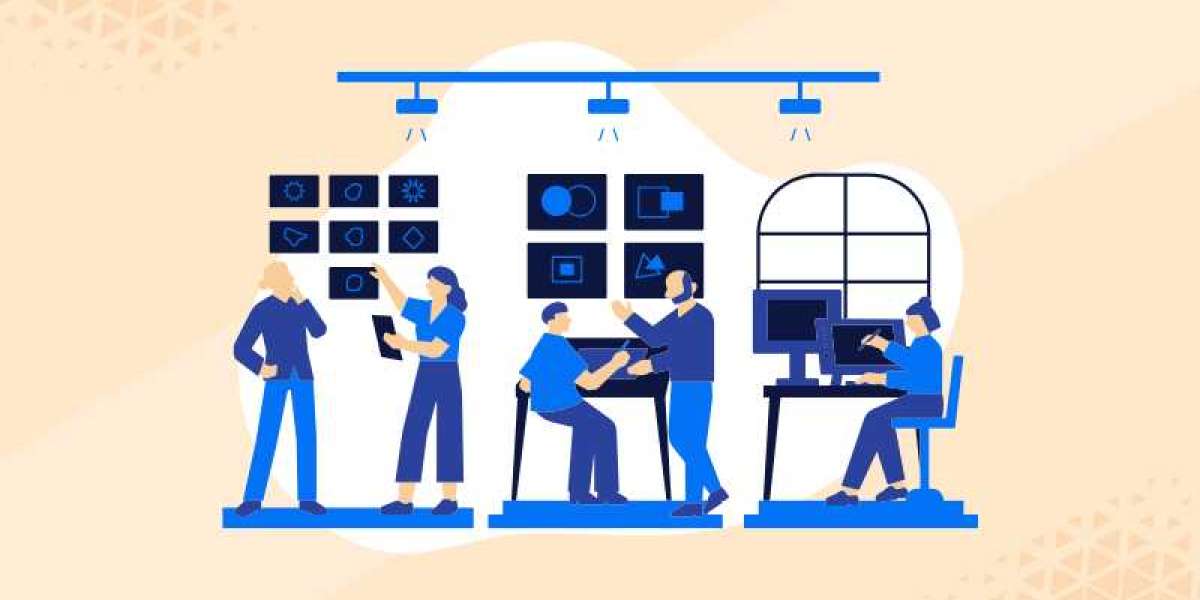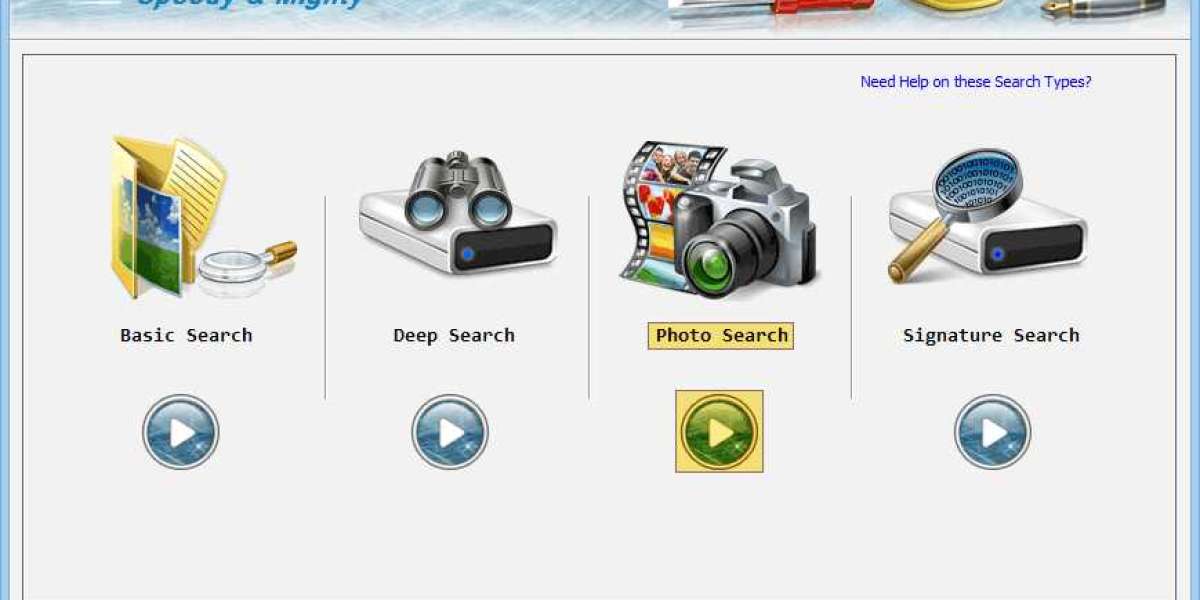An applicant tracking system (ATS) is a software tool used by recruiters and hiring managers to streamline the hiring process. It allows companies to manage job postings, track applicants, and store candidate information in a centralized database. The primary function of an ATS is to automate and improve the efficiency of recruitment tasks, ultimately saving time and reducing administrative burden.
In terms of how an ATS works, it generally operates using a combination of data parsing, keyword matching, and filtering algorithms. When a candidate applies for a job, their resume and application materials are usually submitted electronically through the ATS. The system then parses the data from these documents, extracting relevant information such as work experience, education, and skills. This data is then stored in the ATS database, where it can be easily searched and sorted based on specific criteria. Recruiters can use the system to search for suitable candidates using keywords, filter and rank applicants based on predetermined criteria, and communicate with candidates throughout the hiring process. Overall, an ATS streamlines and organizes the candidate screening and selection process, making it easier for recruiters to identify the best candidates for a position.
• An ATS is a software tool used by recruiters and hiring managers to streamline the hiring process.
• It allows companies to manage job postings, track applicants, and store candidate information in a centralized database.
• The primary function of an ATS is to automate and improve the efficiency of recruitment tasks.
• It saves time and reduces administrative burden for recruiters.
• An ATS works using data parsing, keyword matching, and filtering algorithms.
• When a candidate applies for a job, their resume and application materials are submitted electronically through the ATS.
• The system parses the data from these documents, extracting relevant information such as work experience, education, and skills.
• This data is stored in the ATS database for easy searchability and sorting based on specific criteria.
• Recruiters can use keywords to search for suitable candidates within the system.
• They can also filter and rank applicants based on predetermined criteria.
• Communication with candidates throughout the hiring process can be done through the ATS.
Overall, an ATS streamlines and organizes the candidate screening and selection process making it easier for recruiters to identify top candidates
Optimize your hiring process with efficiency and precision using the hire ATS (Applicant Tracking System). Streamline candidate management, enhance collaboration, and elevate your recruitment strategy with this advanced tool, ensuring a seamless and effective talent acquisition experience.
Benefits of Using an ATS for Hiring
Automating the hiring process with an applicant tracking system (ATS) can bring numerous advantages to businesses. One of the major benefits is the increased efficiency and productivity it offers. With an ATS, recruiters can easily manage and track all candidates in one central database, effectively streamlining the hiring workflow. This eliminates the need for manual paperwork and time-consuming administrative tasks, allowing recruiters to focus more on evaluating and selecting the best candidates for the job. Additionally, an ATS enables collaboration among hiring team members, simplifying the communication and sharing of candidate information.
Another notable benefit of using an ATS for hiring is the improved candidate experience. Job seekers today expect a streamlined and efficient application process, and an ATS can deliver just that. Candidates can easily search for and apply to positions online, upload their resumes, and track the progress of their application. This not only enhances the candidate experience but also helps in building a positive employer brand. A seamless and user-friendly application process can leave a lasting impression on candidates, increasing the likelihood of attracting top talent to your organization.
Key Features to Look for in an ATS
When choosing an Applicant Tracking System (ATS) for your business, there are several key features that you should consider to ensure that you are making the right choice. Firstly, a user-friendly interface is crucial in order to streamline the hiring process and maximize efficiency. Look for an ATS that offers a simple and intuitive interface, allowing both recruiters and candidates to navigate through the system without any confusion or difficulty.
Another important feature to look for is customization options. Every business is unique with its own set of recruitment needs and workflows. An ATS that allows you to tailor the system to align with your specific requirements can greatly enhance your hiring process. Look for features such as customizable workflows, interview scheduling, and application forms. This flexibility will enable you to make the most out of the ATS and ensure that it fits seamlessly into your existing recruitment process.
Factors to Consider When Choosing an ATS for Your Business
When choosing an ATS for your business, there are several factors that you should consider to ensure you make the right decision. One important factor is the scalability of the ATS. As your business grows, you will likely need to hire more employees, which means you will need an ATS that can handle a larger volume of applicants. Therefore, it is essential to choose an ATS that can scale with your business needs and accommodate your future growth.
Another factor to consider is the user-friendliness of the ATS. Your HR team will be the primary users of the system, so it is crucial that they find it easy to navigate and use. Look for an ATS that offers an intuitive interface, customizable workflows, and comprehensive training and support resources. Additionally, consider the integration capabilities of the ATS. It should seamlessly integrate with your existing HR software, such as your recruitment CRM and onboarding tools, to ensure a smooth and efficient hiring process. By carefully evaluating these factors, you can choose an ATS that best suits the needs of your business and maximizes the effectiveness of your hiring efforts.
Common Challenges Associated with Implementing an ATS
One of the common challenges associated with implementing an ATS is the initial resistance from employees. When introducing new technology, some employees may be hesitant to adapt and may feel overwhelmed by the changes. This resistance can slow down the implementation process and impede the efficient use of the ATS.
Another challenge is ensuring proper integration with existing systems. An ATS needs to seamlessly connect with other HR software and databases to ensure accurate and efficient transfer of data. Incompatibility issues may arise, requiring additional time and resources to resolve. This challenge highlights the importance of thorough research and careful planning before implementing an ATS in order to avoid disruptions and delays in the integration process.
Best Practices for Optimizing Your ATS for Effective Hiring
When it comes to optimizing your ATS for effective hiring, there are a few best practices to keep in mind. Firstly, it's important to regularly update and maintain your ATS database. This means removing outdated or irrelevant information, and ensuring that all candidate profiles are up-to-date. By regularly cleaning and organizing your data, you can improve the accuracy and efficiency of your hiring process.
Secondly, it's crucial to customize and automate your ATS workflows to match your specific hiring needs. Take advantage of the customizable templates and automation features within your ATS to streamline repetitive tasks and save time. By creating standardized workflows that reflect your hiring process, you can ensure consistency and efficiency in your candidate evaluation and selection.
Overall, optimizing your ATS for effective hiring requires a proactive approach to data management and workflow customization. By implementing these best practices, you can enhance the efficiency and accuracy of your hiring process, ultimately leading to better quality hires for your organization.
What is an ATS and how does it work?
An ATS stands for Applicant Tracking System. It is a software that helps employers manage their recruitment process by automating tasks such as collecting and sorting resumes, scheduling interviews, and tracking candidate progress.
What are the benefits of using an ATS for hiring?
Using an ATS can streamline the hiring process, save time and effort, improve communication with candidates, enhance collaboration among hiring team members, ensure compliance with hiring regulations, and provide valuable data and analytics.
What are some key features to look for in an ATS?
Some important features to consider when choosing an ATS include resume parsing capabilities, customizable workflows, interview scheduling tools, communication templates, candidate database management, integration with job boards and career sites, and reporting and analytics functionalities.
What factors should I consider when choosing an ATS for my business?
Factors to consider include the size and needs of your business, ease of use, scalability, integration capabilities with other HR systems, mobile accessibility, data security, customer support, and pricing.
What are some common challenges associated with implementing an ATS?
Common challenges may include resistance from hiring managers or employees, data migration issues, lack of training, difficulty in customization, and the need for proper change management and communication with existing employees.
What are the best practices for optimizing an ATS for effective hiring?
Best practices include regularly reviewing and updating job descriptions, leveraging automation features, tailoring communication templates for personalized candidate interactions, conducting regular data cleanup, training hiring managers on ATS usage, and continuously monitoring and improving the recruitment process.
Also read about:
job application management system








